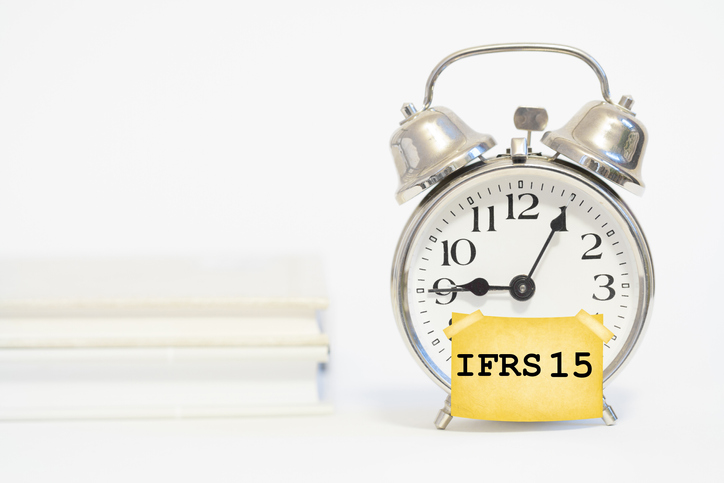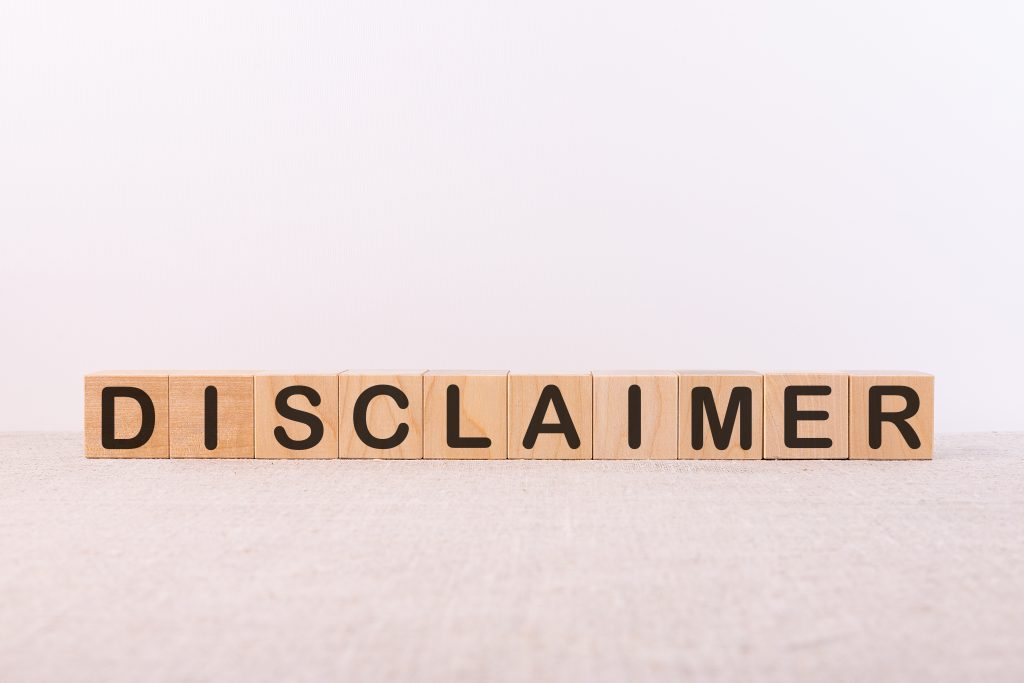
IFRS 15: Revenue from Contracts with Customers
IFRS 15: Revenue from Contracts with Customers
This article describes a brief overview of International Financial Reporting Standard 15 and the guidelines outlined by it.
For further understanding of the terms used in this article, readers should refer to IFRS 15: Appendix A for definitions.

What is IFRS 15, who does it apply to and why is it important?
Correct recognition of revenue is essential to ensuring the financial statements represent the entity’s performance over the reporting period.
Revenue (also referred to as sales, turnover or royalties) is defined by IFRS 15 as “Income arising in the course of an entity’s ordinary activities” (IFRS 15: app. A).
IFRS 15’s objective & scope is to establish the principles that should be applied to report on the nature, amount, timing and certainty of revenue and cash flows arising from a contract with a customer (IFRS 15: para. 1).
It applies to reporting periods beginning on or after 1 January 2018, with the possibility of prior events being permitted through approval of an application.
It also applies to all revenues arising from customers with the exception of:
- Leases under IFRS 16;
- Insurance contracts under IFRS 17;
- Financial instruments or other contracts under IFRS 9, 11, 27 and 28; and
- Non-monetary exchanges between entities in the same line of business.
How do you ensure you are complying with IFRS 15?
The process of recognition is made clear through the five step model:
- Identify the contract with a customer
A contract with a customer exists when there is approval (verbal or written) from both parties, the rights of the parties are identified, payment terms are identified, there is commercial substance, and it is probable that consideration will be collected (IFRS 15: para. 9).
- Identify the performance obligations in the contract
There could be a number of separate performance obligations, satisfied at a point in time or over time. For example, a sale of a computer with a maintenance service would represent two performance obligations: the delivery of the computer and the duty to uphold the maintenance service for the period specified.
- Determine the transaction price
The price of the transaction is the consideration which the seller expects to receive. If this is variable, it should recognise the most probable amount expected to be received in exchange for transferring the promised goods or services to the customer. Non-cash consideration should be measured at fair value. Where fair value cannot be reasonably measured, the consideration should be measured as the stand-alone price of the goods or services transferred.
- Allocate the transaction price to the performance obligations in the contract
The revenue for the sale of the computer itself would be that which would be received for the sale of a computer without a maintenance service attached to it (the stand-alone selling price). The remaining amount would therefore be matched to the price of the maintenance service. Where a discount is received for the purchase of a bundle of goods, this discount should be allocated before using the residual approach to estimate the stand-alone selling price of a good or service, provided the following criteria are met (IFRS 15: para. 82):
- The entity regularly sells each distinct good or service in the contract on a stand-alone basis;
- The entity also regularly sells on a stand-alone basis a bundle of those distinct goods or services at a discount to the stand-alone selling prices of the goods or services in each bundle; and
- The discount attributable to each bundle of goods or services is substantially the same as the discount in the contract and an analysis of the goods or services in each bundle provides observable evidence of the performance obligation(s) to which the entire discount in the contract belongs.
- Recognise revenue when (or as) the entity satisfies a performance obligation
The revenue for the sale of the computer would be recognised at a point in time, when the customer obtains control of the computer. Some signs of control being transferred include the sellers’ present right to payment for the asset, the customers’ legal title to the asset, physical transfer of possession of the asset, the customer taking on the significant risks and rewards of the asset, and the customers’ acceptance of the asset (IFRS 15: para. 38).
On the other hand, the revenue for the maintenance service would be recognised over the course of the period that the seller is liable to uphold the service. Measurement of the progress of satisfaction of a performance obligation include output methods and input methods.
Output methods (IFRS 15: para. B15) recognise the revenue on the basis of value of the goods or services to the customer transferred to date, compared to the remaining goods or services promised under the contract. For example:
- Surveys of performance completed to date.
- Appraisals of results achieved.
- Milestones reached, time elapsed and units produced, or units delivered.
Input methods (IFRS 15: para. B18) are generally more effective and economically viable than output methods. They recognise revenue on the basis of the amount of work the entity has put in to satisfying the performance obligation, for example:
- Recourses consumed.
- Labour hours expended.
- Costs incurred.
- Time elapsed.

There may not be a direct correlation between these factors and the completion of the performance obligation. For both methods, it is important for an entity to assess how well its method used represents the amount of revenue to be recognised.
Changes in the transaction price (IFRS 15: para. 87) may occur due to unforeseen circumstances and should be allocated to performance obligations. Changes should not affect stand-alone selling prices once a contract is formed. Amounts allocated to a satisfied performance obligation should be recognised as revenue, or a reduction in revenue, in the period in which the transaction price changes.
Incremental costs of obtaining a contract (IFRS 25: para. 91) can be recognised as part of the cost of an asset if those costs are expected to be recovered. Subsequently, those costs should be amortised (IFRS 15: para 99) so that the value of the costs are consistent with the transfer of goods or services to the customer.
Should you have any queries or questions in respect of the above, please reach out to your usual Arnold Hill & Co contact, call our mainline on 0207 306 9100 or email our general address – info@arnoldhill.co.uk

The information in this article is believed to be factually correct at the time of writing and publication, but is not intended to constitute advice. No liability is accepted for any loss howsoever arising as a result of the contents of this article. Specific advice should be sought before entering into, or refraining from entering into any transaction.

Written by
Matthew Shilston
View Profile
